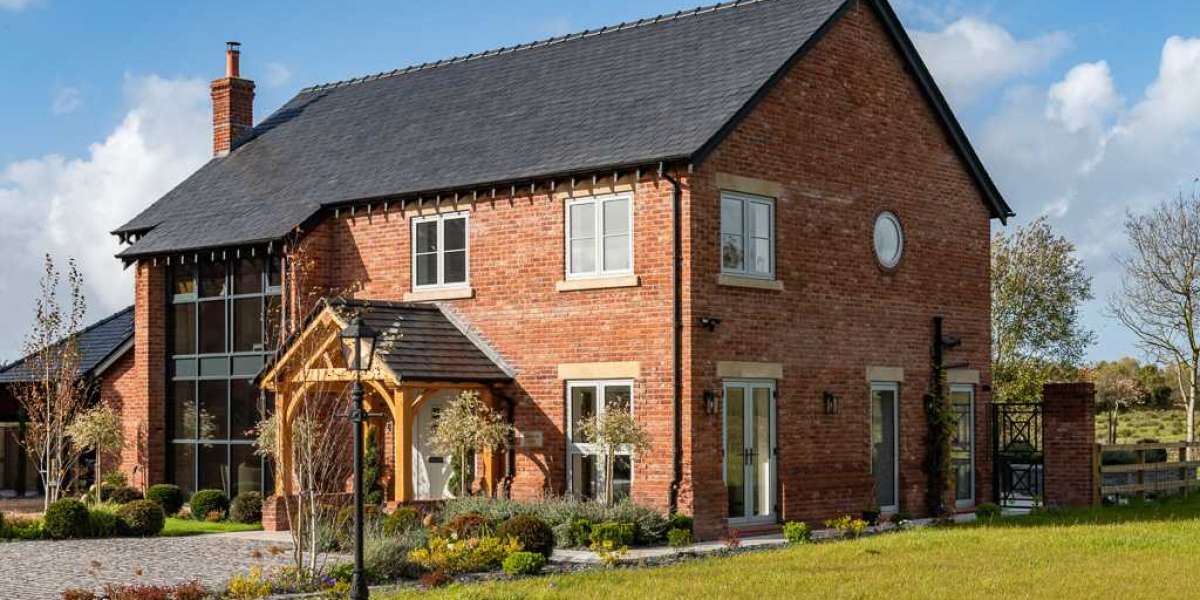Solar glass panels and solar panel facades offer a modern alternative to traditional rooftop solar systems by integrating energy generation directly into a building’s exterior. This technology transforms windows, walls, and facades into functional power sources without compromising architectural design. They provide a visually appealing and efficient way to harness solar energy while maintaining a building's aesthetic integrity.These integrated solar solutions use advanced materials like glass/glass panels with encapsulated solar cells, allowing for customizable sizes, colors, and textures. This flexibility helps meet both energy goals and design requirements, making solar facades suitable for various building types.By combining clean energy production with architectural elements such as curtain walls, skylights, and spandrels, solar panel facades represent a growing trend in sustainable construction. Their ability to blend performance with aesthetics is driving more developers and building owners to consider them as valuable long-term investments.
Solar Glass Panels and Solar Panel Facades
Solar glass panels and solar panel facades combine energy generation with architectural design. They replace standard building materials with photovoltaic glass that produces electricity without sacrificing aesthetics or structural function. These solutions optimize building surfaces while providing insulation and durability.
How Solar Glass Panels Work
Solar glass panels convert sunlight into electricity through embedded photovoltaic cells within the glass layers. These cells absorb solar radiation and produce direct current (DC) electricity, which is then converted to alternating current (AC) for building use.The panels maintain transparency or translucency depending on design. This allows natural light to enter interiors while generating power. Many solar glass products include additional layers for UV and infrared protection, enhancing energy efficiency.Some solar glass panels use bifacial cells, capturing light from both sides, improving overall energy yield. The integration of solar cells within tempered or laminated glass ensures they meet building safety and fire-resistance standards.
Integration of Solar Panels in Building Facades
Building-integrated photovoltaic (BIPV) facades embed solar panels directly into windows, curtain walls, and cladding systems. This approach merges energy generation with the building envelope, eliminating the need for traditional rooftop panels.Solar panel facade suit both new construction and retrofits. They require careful design for load-bearing, waterproofing, and thermal insulation. Fixation systems must securely hold panels and prevent thermal bridging.Designers often balance transparency with power output, using spandrel panels where full opacity is acceptable. Facades are tailored to local climate conditions to maximize solar exposure and durability under harsh weather.
Types of Solar Glass for Facades
Solar glass types vary by composition and function. Common variants include:
- Monocrystalline and polycrystalline cells: High efficiency and opaque appearance, typically used in spandrel or opaque panels.
- Thin-film solar glass: Flexible and semi-transparent, suitable for glazing applications.
- BIPV glass: Incorporates photovoltaic layers specially designed for integration with architectural glass products like vision and spandrel panels.
Additional features such as moisture protection, UV and IR filtering, and fire resistance differentiate products. Some solar glass systems offer up to R10 insulation per inch, contributing to overall building energy performance.
Benefits and Considerations of Solar Facade Solutions
Solar facade solutions combine energy generation with building design, impacting efficiency, aesthetics, and practical aspects of installation and upkeep. Each element plays a key role in determining their suitability and long-term value for projects.
Energy Efficiency and Performance
Solar facades generate electricity by converting sunlight on vertical building surfaces. Though they receive less direct sunlight than rooftop panels, modern photovoltaic materials optimize energy capture even with varied sun angles.They contribute to energy independence by reducing reliance on external power sources. This helps control operational costs by stabilizing energy expenses despite market fluctuations.Energy output varies by orientation, local climate, and panel technology. Careful design ensures maximum performance, balancing shading, thermal insulation, and solar gain.
Aesthetic and Architectural Advantages
Solar facades blend with traditional building materials, replacing glass, metal, or aluminum panels without compromising design. This integration supports sustainable architecture while maintaining visual appeal.They offer customization in color, transparency, and texture, allowing architects flexibility in expression and style. Frameless glass panels with laminated solar cells provide sleek, modern finishes.Such features make solar facades desirable for both new construction and retrofits. They add value by merging functional energy solutions with aesthetic goals.
Installation and Maintenance Factors
Installation requires coordination with structural elements and facade systems. Solar facade panels can attach using specialized mounting systems designed for durability and ease of replacement.Maintenance involves regular cleaning to maintain efficiency and inspection of electrical connections. Damage repair is less intrusive compared to rooftop systems, as access is generally easier.Initial costs are higher than standard panels due to customization and integration complexity. However, long-term savings result from reduced energy bills and potential incentives.







